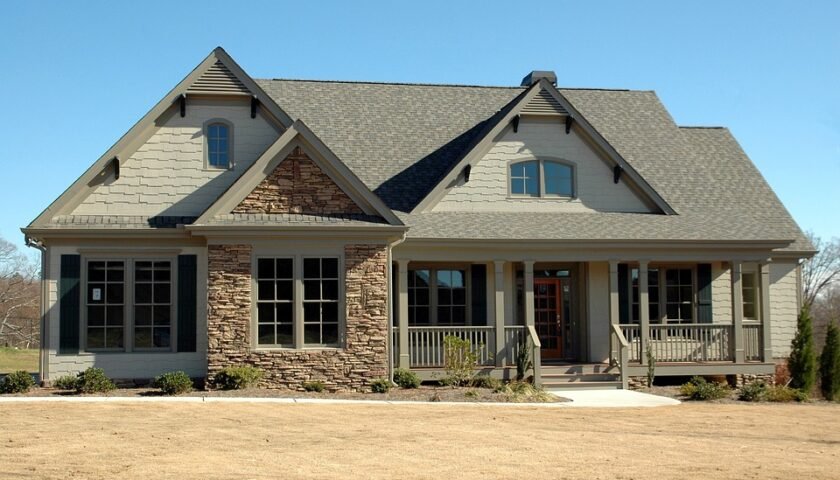[ad_1]
Sustainable growth has become a key goal for many industries. As the world grapples with environmental issues and the need to reduce carbon emissions, the commercial real estate sector has emerged as a leader in promoting sustainable practices, particularly through the development of green buildings.
Green buildings, also known as sustainable buildings or environmentally friendly buildings, are designed and constructed to be energy efficient and have minimal impact on the environment. These structures prioritize the use of sustainable materials, efficient energy and water systems, and innovative technologies to reduce waste and emissions.
The commercial real estate industry has been at the forefront of this movement, with various organizations and developments leading the way in adopting sustainable practices. These initiatives are driven by multiple factors, including the desire to reduce operational costs, attract environmentally conscious tenants, and meet government regulations for energy efficiency.
One of the primary benefits of green buildings is their ability to significantly reduce energy consumption. Energy-efficient designs, such as the use of insulated windows, solar panels, and efficient lighting systems, contribute to lower operating costs. Moreover, through strategies like daylighting and natural ventilation, green buildings minimize the need for artificial lighting and air conditioning, further reducing energy usage and associated greenhouse gas emissions.
Water conservation is another critical focus of sustainable commercial real estate. Green buildings incorporate technologies like low-flow faucets, dual-flush toilets, rainwater harvesting systems, and efficient irrigation methods to minimize water wastage. These measures not only conserve water but also help reduce the strain on local water resources.
Beyond energy and water management, green buildings also prioritize the use of sustainable materials. Sustainable sourcing and recycling of materials ensure minimal environmental impact during construction. Additionally, these buildings are designed to maximize natural resources such as sunlight and wind, integrating renewable energy sources into their systems.
Furthermore, green buildings promote the health and well-being of occupants. Indoor air quality is significantly enhanced through the use of air filtration systems and non-toxic materials. Incorporating biophilic design principles, which connect occupants with nature, also contributes to improved productivity and well-being. Studies have shown that occupants of green buildings experience fewer sick days and increased job satisfaction.
The commercial real estate sector’s adoption of green buildings is evident through various certifications and rating systems. LEED (Leadership in Energy and Environmental Design) certification, administered by the U.S. Green Building Council, is a widely recognized standard that evaluates the sustainable attributes of buildings. Buildings that achieve LEED certification demonstrate a commitment to sustainable design, operations, and maintenance.
In addition to LEED, other rating systems such as BREEAM (Building Research Establishment Environmental Assessment Method) and Green Star provide certifications tailored to different regions and building types. These certifications serve as a testament to the industry’s commitment to sustainable growth.
The adoption of green buildings in the commercial real estate sector is not only beneficial for the environment but also financially advantageous. Studies have shown that green buildings command higher rental rates and occupancy rates, attracting tenants who prioritize sustainability. Additionally, reduced operational costs, such as lower energy bills and maintenance expenses, contribute to a more sustainable bottom line.
While the commercial real estate sector has made significant progress in promoting sustainable growth through green buildings, there is still work to be done. Developers and building owners must continue to prioritize sustainability in new construction projects while also retroactively implementing green practices in existing buildings. Encouraging tenant engagement and education on sustainable practices can also contribute to a more sustainable future.
In conclusion, the commercial real estate sector’s commitment to sustainable growth is evident through the development of green buildings. By prioritizing energy efficiency, water conservation, use of sustainable materials, and occupant well-being, these buildings advocate for a greener future. As the industry continues to lead the way in sustainable practices, it sets an example for other sectors to follow, demonstrating that economic growth and environmental responsibility can go hand in hand.
[ad_2]




